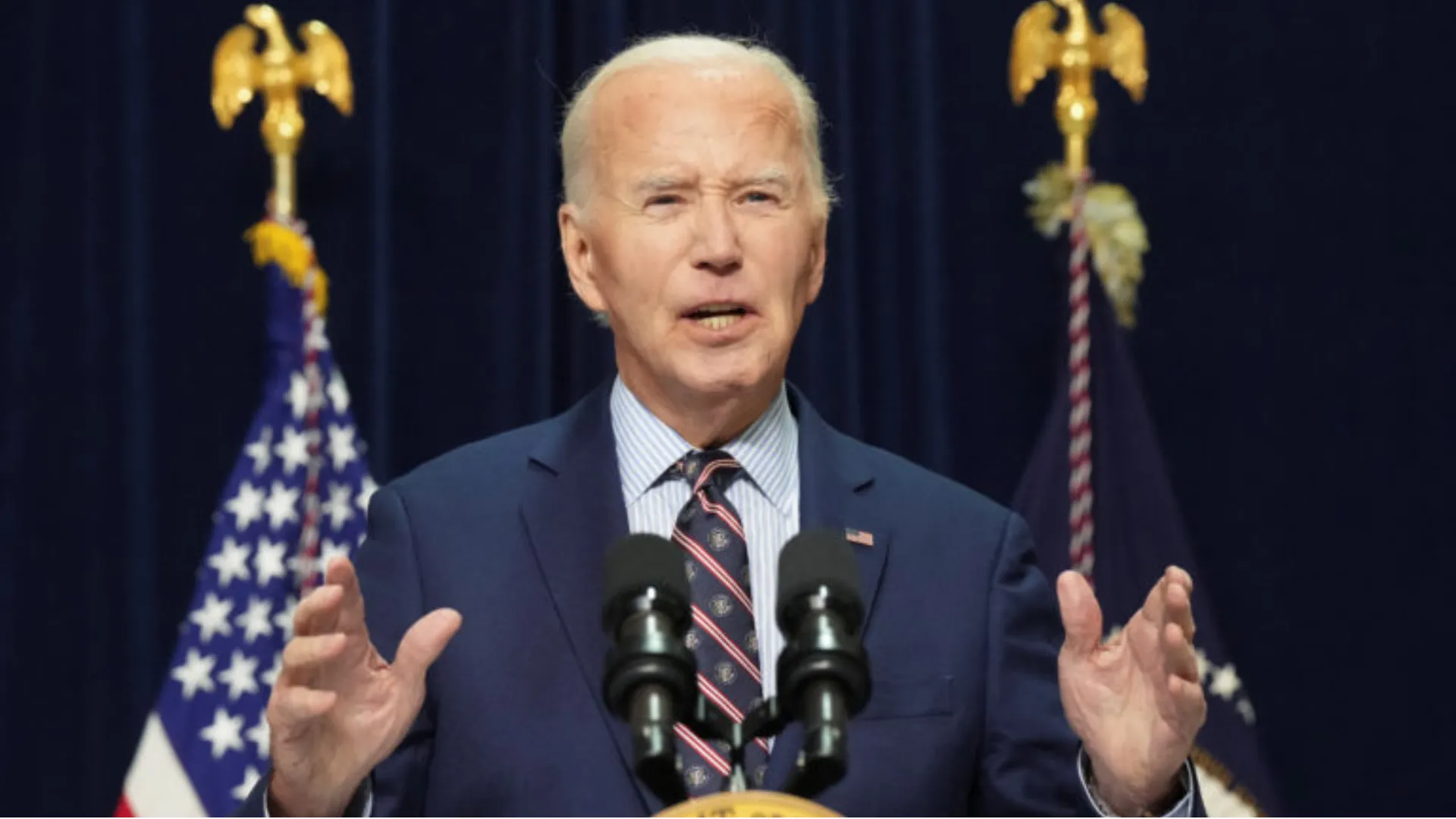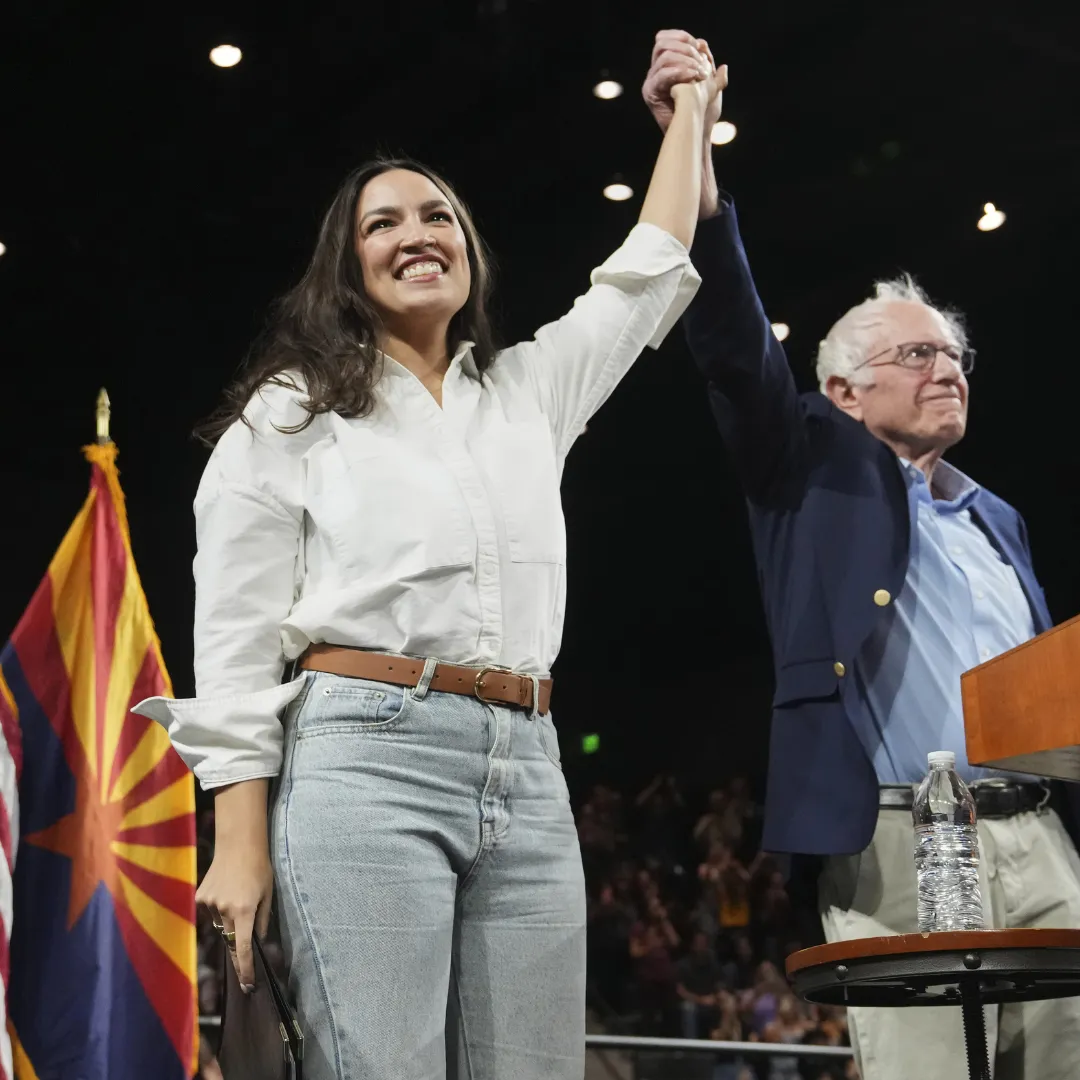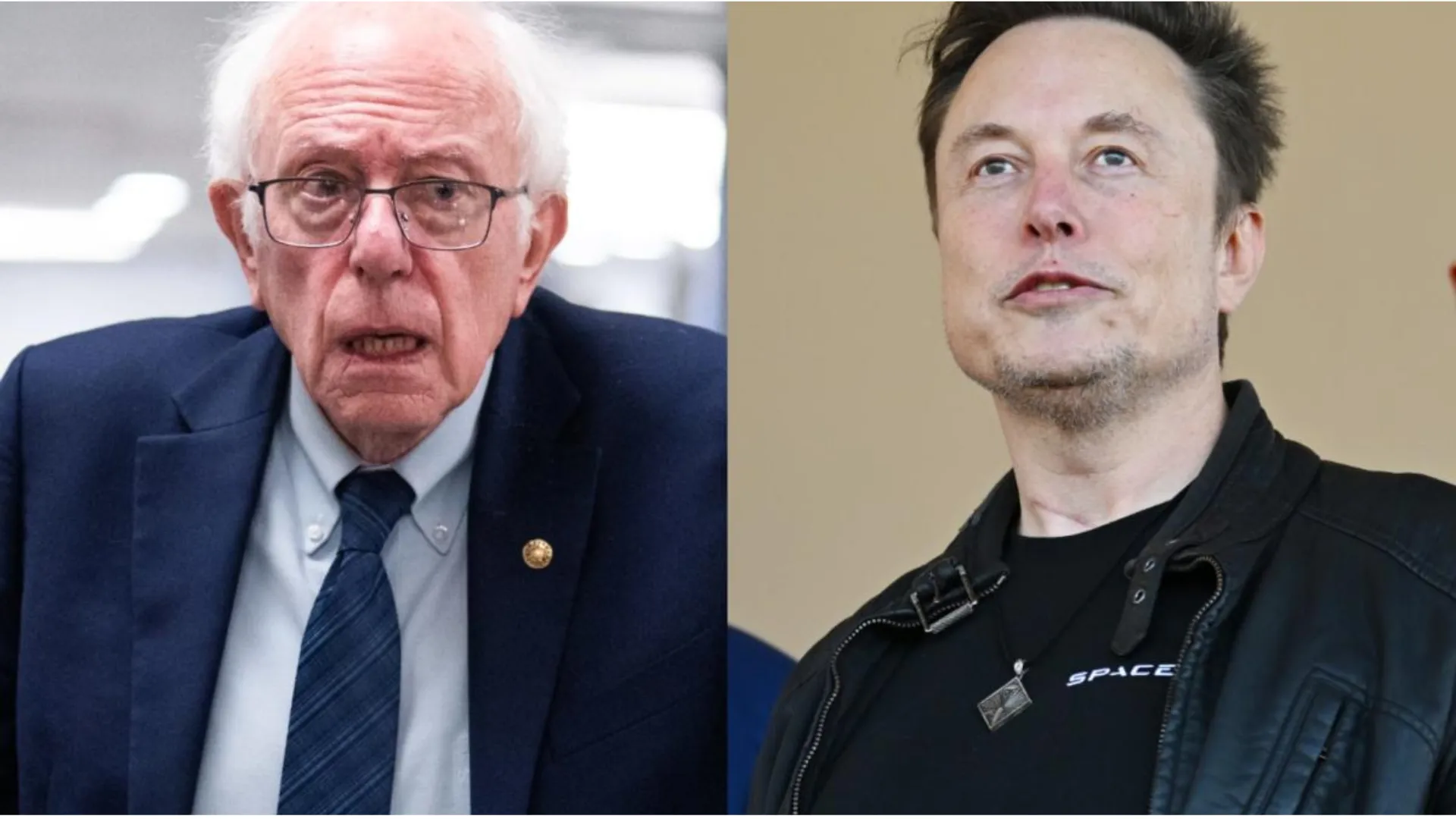
As President Donald Trump’s aggressive tariff strategy sends shockwaves through global markets and raises fears of inflation among American households, Senator Bernie Sanders is pushing back with a bold economic counter-proposal: a $17 federal minimum wage.
Sanders’s proposal has galvanized progressives and reopened a long-simmering debate over how best to protect working-class Americans from economic upheaval, especially in an era of heightened inequality, corporate tax breaks, and stalled wage growth.
Earlier this week, Sanders introduced an amendment to the Senate budget resolution that called for raising the federal minimum wage from the current $7.25 to $17 an hour over the next five years.
Although the amendment was defeated by the GOP-controlled Senate, with only one Republican crossing party lines, it sent a clear signal: Democrats are rallying around a populist economic vision that contrasts sharply with the Trump administration’s policies, which have focused heavily on tax cuts for the wealthy, deregulation, and now, a full-blown trade war.
“The American people are tired of working longer hours for lower wages while billionaires like Elon Musk and Jeff Bezos get richer,” Sanders said during a fiery speech on the Senate floor.
“They are tired of being treated like second-class citizens in the richest country on Earth. If we can afford massive tax breaks for the ultra-wealthy, then by God, we can afford to pay working people a living wage.”

The economic populism offered by Sanders and other progressives like Alexandria Ocasio-Cortez, Elizabeth Warren, and Pramila Jayapal stands in stark contrast to the populist nationalism embodied by Trump.
While Trump’s 2024 campaign focused on “making America wealthy again” and promised to put workers first, his administration has overseen massive staffing cuts to government agencies, attempted rollbacks of Medicaid and SNAP benefits, and now a rapidly escalating trade war that many fear will disproportionately hurt low- and moderate-income families.
On Wednesday, Trump temporarily paused some of the most severe tariffs—after days of volatility and public outcry—but he left high tariffs on China in place.
Economists warn that Trump’s unpredictable trade strategy could cost households up to $3,800 a year in higher prices for goods like electronics, clothing, and food.
“Tariffs are taxes, and this administration is imposing them unilaterally, without a clear strategy and with no concern for the people who bear the brunt of the cost,” said Dr. Amanda Kim, an economist at the Brookings Institution.
“The typical American family is now paying more for basic goods. That’s a direct consequence of policy choices.”
This mounting economic strain is exactly what Sanders’s minimum wage proposal is meant to address.
The federal minimum wage has remained stagnant at $7.25 since 2009. Adjusted for inflation, its real value has eroded significantly over the past decade, leaving millions of Americans struggling to afford housing, healthcare, and education.

While 30 states and many cities have enacted their own higher minimum wages, millions of workers across the country remain bound by the federal floor.
Sanders’s proposal would gradually raise the wage to $17 an hour over five years, giving businesses time to adjust and workers a meaningful raise that tracks more closely with the rising cost of living.
The plan mirrors similar proposals put forward in past years, including the “Raise the Wage Act,” which stalled in the Senate in 2021 after passing in the House.
“We are not talking about getting rich—we are talking about surviving,” said Senator Elizabeth Warren, who co-sponsored Sanders’s amendment.
“In the wealthiest nation in history, no one who works full time should live in poverty. This is a moral issue. It is also an economic one.”
Studies have shown that raising the minimum wage tends to reduce poverty, increase consumer spending, and reduce dependence on government assistance programs.
Critics often argue that it could lead to job losses or inflation, but recent research and real-world data from cities like Seattle, which implemented a phased-in $15 minimum wage, suggest those fears may be overstated.
A report from the Congressional Budget Office last year estimated that a $17 minimum wage could lift over 27 million people out of poverty, while costing the economy around 1.3 million jobs over the long term—a trade-off that many progressives are willing to make to ensure basic economic dignity.

Republican lawmakers have remained steadfast in their opposition to raising the federal minimum wage, arguing that wage mandates distort the labor market and place undue burdens on small businesses.
Many have instead advocated for tax incentives and deregulation as mechanisms to boost wages and spur hiring.
Senator Josh Hawley (R-MO), a prominent conservative voice, criticized Sanders’s proposal as “socialist economics” and argued that raising the minimum wage would “hurt the very people it is meant to help.”
“What working people need is more opportunity, not more government mandates,” Hawley said.
This rejection fits into a larger budget fight now unfolding on Capitol Hill. Republicans are pushing to slash social safety net programs in order to finance new rounds of tax cuts for corporations and high-income earners.
Budget proposals from House Republicans include deep cuts to Medicaid, food assistance programs, and federal housing subsidies.
“These budget plans represent a full-blown assault on working people,” Sanders said.
“They are balancing the budget on the backs of the poor and giving handouts to the richest people in the country.”
The irony, progressives argue, is that the GOP’s economic policies could further exacerbate the affordability crisis that helped propel Trump back into office.
While Trump won over many disaffected voters by promising to bring back jobs and make goods cheaper, the reality so far has been a volatile market, inflationary pressure, and austerity at home.

Economists describe the combination of Trump’s tariff regime, GOP efforts to shrink the social safety net, and persistent wage stagnation as a “triple threat” to working families.
Each element—on its own—can impose financial stress on households. Taken together, they represent a significant risk to economic stability for the majority of Americans.
“We are looking at a policy environment where everything is getting more expensive, but wages aren’t rising to keep up, and meanwhile the social safety net is being pulled out from under people,” said Michael Stinson, a senior fellow at the Economic Policy Institute. “It’s not hard to see why people are angry.”
Indeed, recent polling shows growing disapproval of the Republican-led Congress and a surge in support for wage increases.
A March Gallup poll found that 68 percent of Americans support raising the federal minimum wage to at least $15 an hour. Among those under 35, that number climbs to over 80 percent.
Support for Sanders’s $17 figure remains strong among Democratic voters, and even some Republican and independent voters in lower-income brackets have expressed openness to the idea, especially as consumer prices continue to rise.
With Democrats still searching for a coherent message in the wake of their 2024 election defeat, Sanders’s push for a $17 minimum wage may serve as a unifying call to action.
It also helps reposition the party’s economic message to appeal to working-class voters who have increasingly drifted toward Trump.
Progressive leaders argue that Sanders’s proposal is not just good policy—it’s good politics.
It offers a simple, tangible improvement in people’s lives at a time when many feel left behind by a booming stock market and technological change.
“People don’t want trickle-down tax cuts. They want fair pay for hard work,” said Representative Pramila Jayapal (D-WA), who chairs the Congressional Progressive Caucus. “And we are going to keep fighting for them.”

Even centrist Democrats who once hesitated to support such a dramatic wage hike are now showing signs of warming up to the idea.
Facing increasing pressure from labor groups, activists, and constituents, moderate senators in purple states have begun signaling that they are open to at least raising the minimum wage above $12—if not all the way to $17.
Although Sanders’s amendment failed, progressives plan to keep pushing the issue through every available channel, including standalone legislation, state-level campaigns, and executive action where possible.
Meanwhile, the political battle over the budget, tariffs, and wage policy is expected to intensify heading into the 2026 midterms.
Republicans are betting that their economic vision—one of tax cuts, deregulation, and leaner government—will continue to resonate with voters.
But Democrats are hoping that a clear, populist message focused on economic fairness can reverse their recent losses and reignite their base.
For Sanders, the fight for a $17 minimum wage is just the latest chapter in a decades-long crusade for working people.

“This isn’t over,” Sanders told a group of reporters after the Senate vote. “We will be back. And next time, the people will be with us.”



